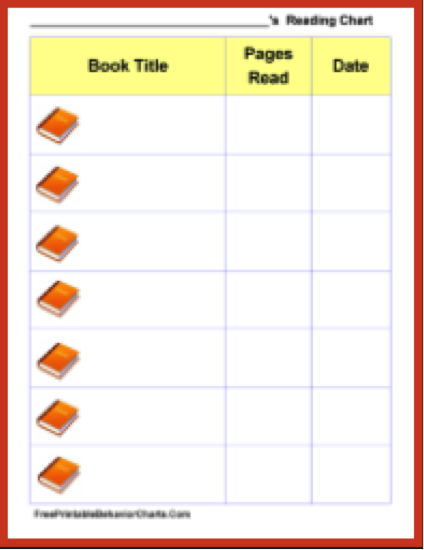Reading Strategies: Part One
In previous blogs, we have reviewed several of the following instructional strategies that can be implemented across subject areas and grade levels. The focus of this blog, which will be split up into two posts, is reading strategies. We will remind ourselves of these comprehensive strategies as they apply to reading, and I will provide you with examples of worksheets and other resources to utilize.
- Chunking
- Graphic Organizers
- Steps of the Process
- Visual Guides
- Models of Correct Work
- Video Modeling
- Incorporate Interests
- Technology
- Pneumonic Devices
- Preview Learning
“The more that you read, the more things you will know. The more that you learn, the more place you’ll go.”
-Dr. Seuss
Repeated Reading: Fluency develops as a result of many opportunities to practice reading with a high degree of success. This means relatively easy text for the reader, with no more than approximately 1 to 20 words difficult for the reader resulting in 95% success.
Researchers have found the following to be effective techniques:
- Students read and re-read a text a certain number of times or until a certain level of fluency is reached
- Four re-readings are sufficient for most
The Education (K-12) Blogs and Special Ed Q & A are written and maintained weekly by Lisa Rogers with Educating Diverse Learners. Lisa received her M.A. in Special Education with an endorsement in the area of individuals with severe disabilities. Mrs. Rogers has also created products that have been used throughout the state of Texas for training purposes. Through the Association for Texas Professional Educators [ATPE], Ms. Rogers has produced an online course that targets the importance of visual strategies for student with autism spectrum disorders and just released her highly anticipated book titled: Visual Supports for Visual Thinkers.


